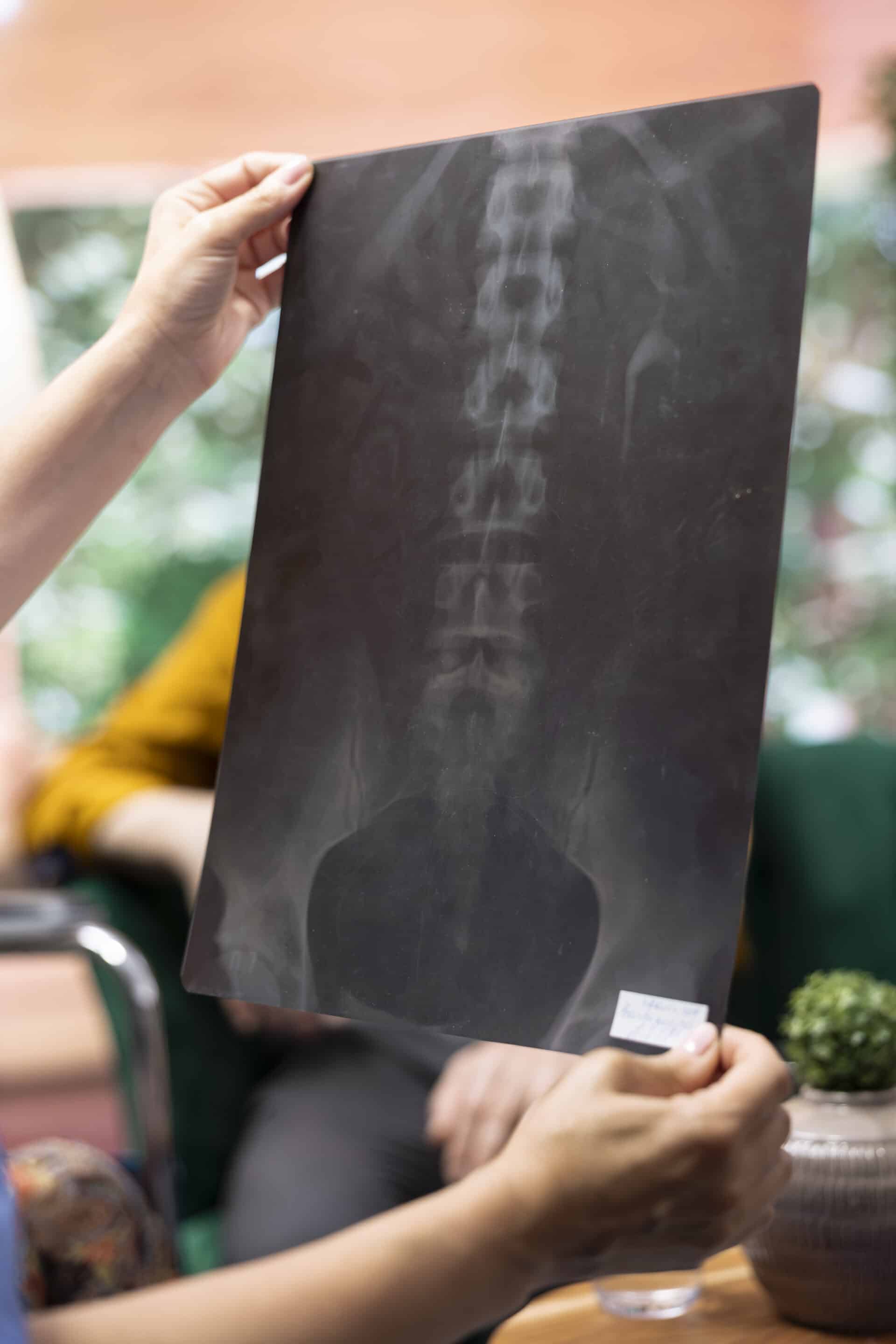Spinal Decompression: Complete Guide to Treatment Options at Foundation Chiropractic
When chronic back problems persist and conservative treatments fail to provide relief, spinal decompression therapy has emerged as a valuable treatment option. This comprehensive approach to treating various spinal conditions aims to relieve pressure on neural structures and restore proper function to the affected areas through advanced decompression techniques.
The field of spinal decompression has evolved significantly over recent decades, offering both surgical spinal decompression and nonsurgical spinal decompression approaches to address conditions ranging from herniated discs to spinal stenosis. Understanding these options is crucial for patients seeking effective pain management solutions and improved quality of life through targeted decompression therapy.

Understanding Surgical and Non-Surgical Decompression Methods
Treatment approaches for spinal conditions can be broadly categorized into two main categories: surgical procedures and non surgical spinal decompression therapies. Each method serves specific purposes and comes with its own set of considerations, making it essential to understand the full spectrum of available spinal decompression treatment options.
What is Spinal Decompression Therapy?
Spinal decompression therapy represents a non-invasive approach that works by gradually stretching the spinal cord and surrounding structures to relieve spinal pressure and promote healing. This therapeutic method utilizes specialized equipment, including a spinal decompression table, to create negative pressure within the spinal disc, potentially allowing herniated or bulging disc material to retract and reduce nerve compression.
For example, during a typical spinal decompression session, patients lie on a motorized decompression table that can be precisely adjusted to target specific areas of the spine. The procedure usually lasts 30-45 minutes, with most patients requiring multiple sessions over several weeks to achieve optimal results and experience significant pain relief.


Types of Non-Surgical Decompression Treatments
Nonsurgical spinal decompression encompasses various techniques designed to provide relief without the need for invasive procedures. These methods focus on creating space within the spinal canal and reducing pressure on nerve structures, including the nerve root and nearby nerves.
Common non-surgical treatments include:
- Mechanical traction therapy using a decompression table
- Manual decompression techniques
- Physical therapy programs
- Chiropractic care and chiropractic adjustment
- Specialized exercise protocols for spinal alignment
The success of these decompression treatments often depends on proper patient selection and consistent application of the prescribed therapy protocols. Vertebral axial decompression represents one of the most advanced forms of nonsurgical spinal decompression available today.
Surgical Decompression Procedures and Techniques
When conservative treatments prove insufficient, spine surgery may become necessary. Decompression surgery encompasses several different procedures, each designed to address specific conditions affecting the spinal column. These surgical interventions aim to remove pressure from neural elements by modifying spinal structures and addressing spinal compression.
Modern surgical techniques have evolved to include minimally invasive options that can reduce recovery time and post-operative complications. Procedures such as spinal fusion, discectomy, lumbar decompression surgery, and laminectomy represent some of the most common surgical approaches used to achieve decompression of neural structures and alleviate pain.
The choice of surgical procedure depends on various factors, including the specific spinal condition being treated, the location of the problem, and the patient’s overall health status. Surgeons typically consider multiple approaches before recommending the most appropriate spinal decompression surgery for each case.


Conditions Treated with Spinal Decompression
Spinal decompression procedures address a wide range of conditions that cause pressure on the spinal cord and surrounding spinal nerve structures. From degenerative disc conditions to structural abnormalities, these treatments can provide relief for patients suffering from various forms of back pain, neck pain, and nerve-related discomfort.
Common Spine Problems and Their Solutions
The effectiveness of decompression therapy varies depending on the specific condition being treated. Understanding these conditions and their appropriate treatments is crucial for successful outcomes and optimal spinal health.
Herniated Discs: When spinal disc material protrudes and pressures nerves, nonsurgical spinal decompression can help retract the herniated portion and reduce nerve compression.
Spinal Stenosis: Narrowing of the spinal canal may require surgical intervention through procedures like lumbar decompression or lumbar spinal stenosis surgery to create more space for the spinal cord.
Sciatica and Pinched Nerve: Compression of spinal nerves often responds well to both surgical spinal decompression and non-surgical treatments, providing significant pain relief.
Degenerative Disc Disease: Progressive disc wear may benefit from spinal fusion combined with decompression surgery to restore proper spinal alignment.
Lower Back Pain and Low Back Pain: Conservative decompression approaches often help reduce disc protrusion and associated symptoms affecting the lumbar region.
Who Is a Good Candidate for Treatment?
Not everyone experiencing back pain qualifies for spinal decompression therapy. Ideal candidates typically have documented nerve compression that hasn’t responded to conservative treatments like physical therapy or medication. These patients should also be free of certain conditions that might complicate decompression treatment.
Factors that influence candidacy include the severity of nerve compression, overall spinal health status, and previous surgical history. Patients with osteoporosis, spinal tumors, or advanced degenerative conditions may need to explore alternative pain management approaches.
When to Consider Surgical Options
The decision to pursue spinal surgery requires careful consideration of several factors, including the progression of symptoms and the impact on daily activities. A systematic approach helps determine when surgical intervention becomes necessary:
- Conservative treatments have failed after 6-12 weeks
- Neurological symptoms are worsening
- Pain significantly impacts quality of life
- Imaging confirms structural problems requiring surgical correction
- Clear evidence of nerve or spinal cord compression exists

Recovery and Results
Recovery from spinal decompression treatment varies significantly between surgical and nonsurgical spinal decompression approaches. The recovery journey depends heavily on factors such as the specific spinal condition being treated, the chosen intervention method, and the patient’s overall health status. While non surgical spinal decompression typically allows immediate return to daily activities, spinal decompression surgery requires a more structured recovery protocol and longer healing time.
The success of spinal decompression treatments often correlates directly with patient compliance and commitment to the recommended protocols. Whether through conservative management or surgical intervention, following medical guidance and maintaining proper spinal health practices significantly impacts long-term outcomes. Healthcare providers work closely with patients to develop comprehensive recovery plans that address both immediate symptoms and long-term spinal wellness.
Understanding the recovery process helps patients set realistic expectations and prepare for their decompression treatment journey. Most patients undergoing nonsurgical spinal decompression report improvement within 8-12 weeks, while recovery from spinal decompression surgery may take several months for complete healing. Regular communication with healthcare providers ensures that any complications or concerns are addressed promptly, allowing for adjustments to the spinal decompression treatment plan as needed.
Advanced Spinal Decompression at Foundation Chiropractic
At Foundation Chiropractic, we understand that spinal decompression work requires expertise and precision. Our team combines chiropractic care with advanced decompression therapy techniques to address various spinal conditions effectively. Whether you’re dealing with nerve compression, spinal pressure issues, or chronic pain, our comprehensive approach to spinal decompression can help restore your quality of life.
Our state-of-the-art spinal decompression table technology allows us to provide targeted treatment for conditions affecting the vertebra, spinal joints, and surrounding tissues. Through careful assessment and personalized treatment plans, we help patients achieve lasting pain relief and improved spinal function.
This collaborative approach helps optimize results and supports better overall outcomes for patients seeking effective solutions for their spinal health concerns. Contact Foundation Chiropractic today to learn more about how spinal decompression therapy can benefit your specific condition and help you return to an active, pain-free lifestyle.
